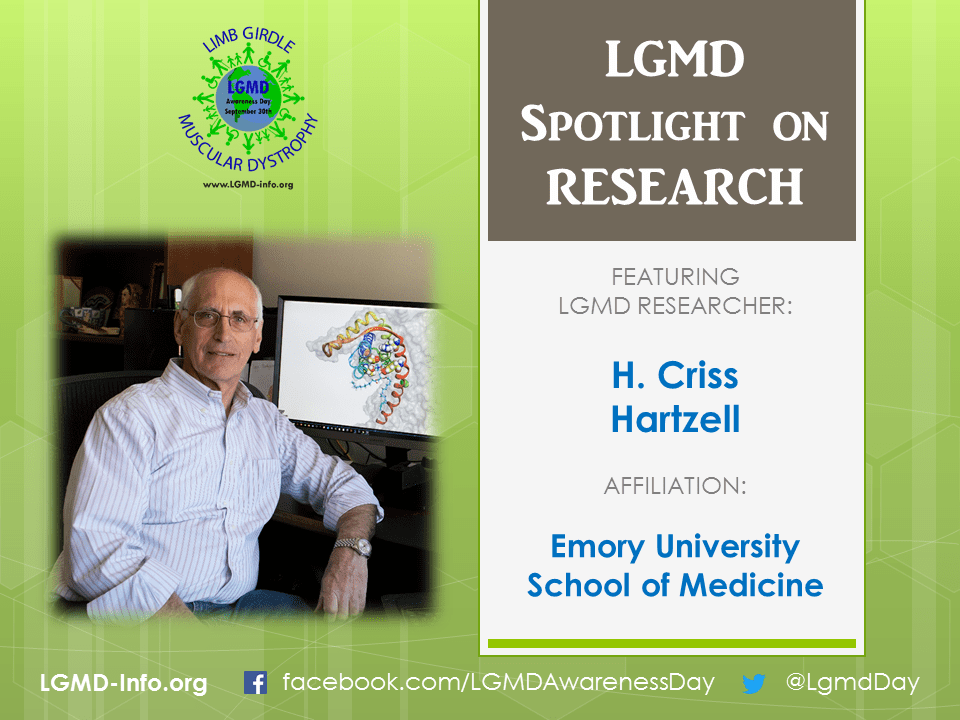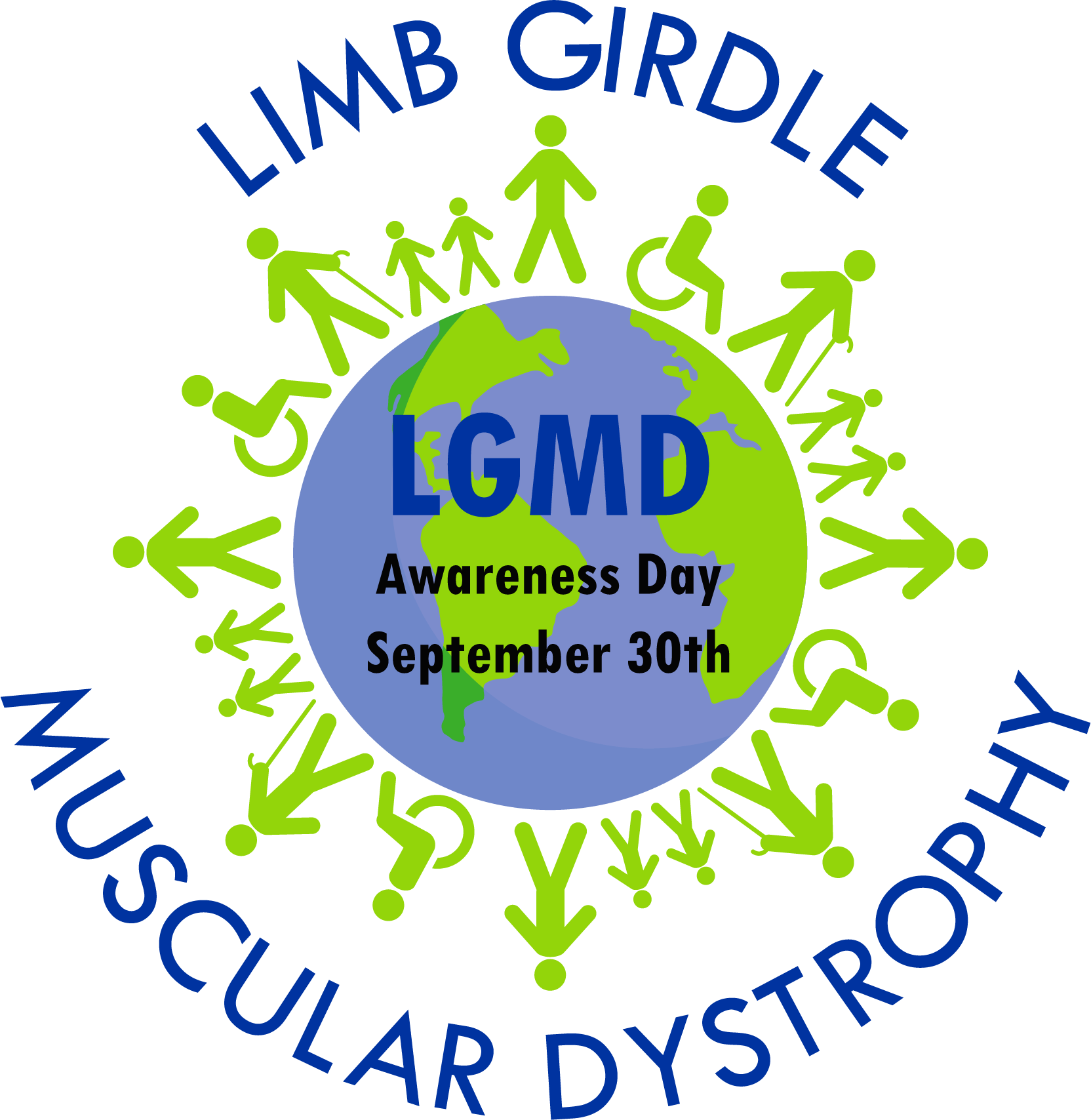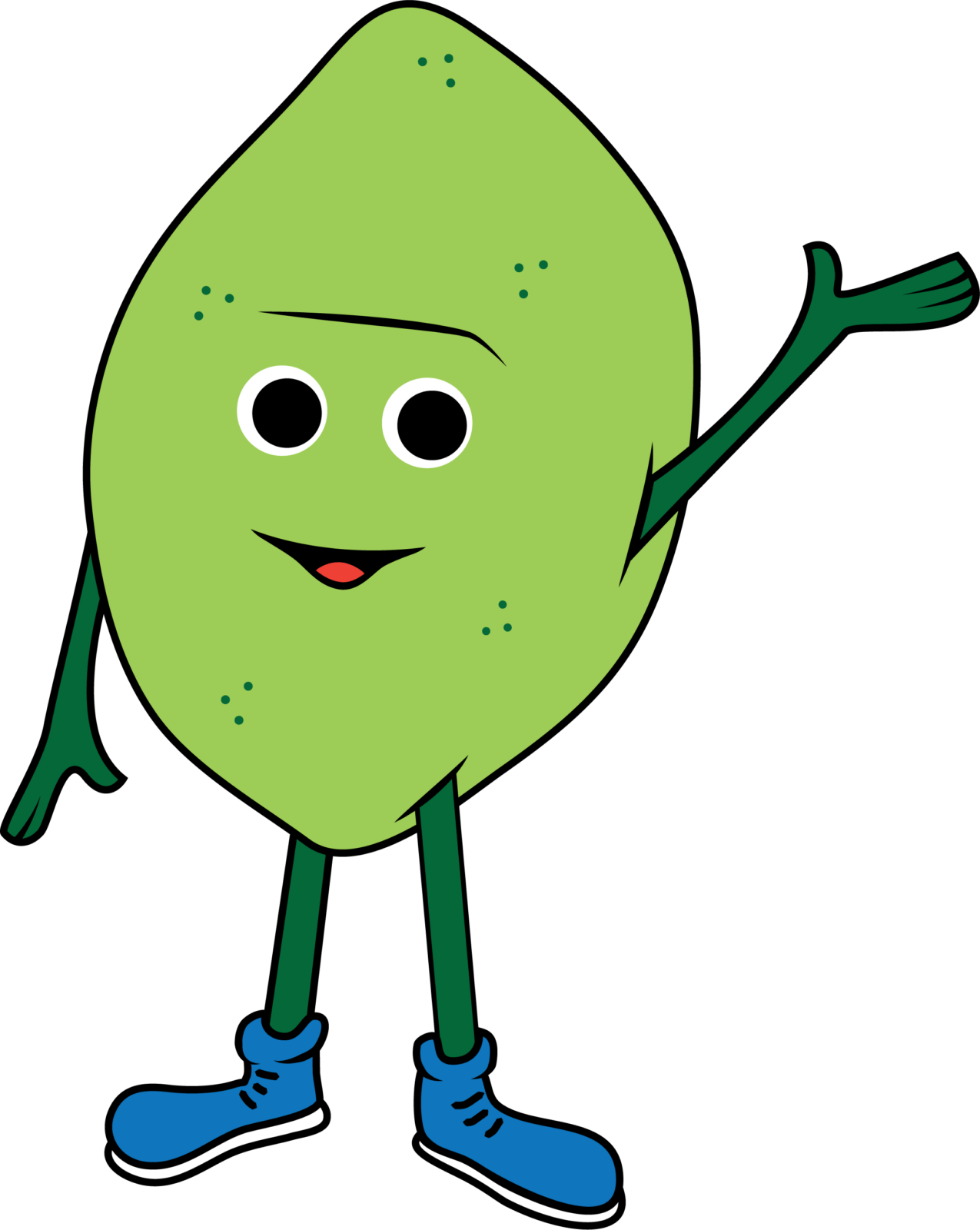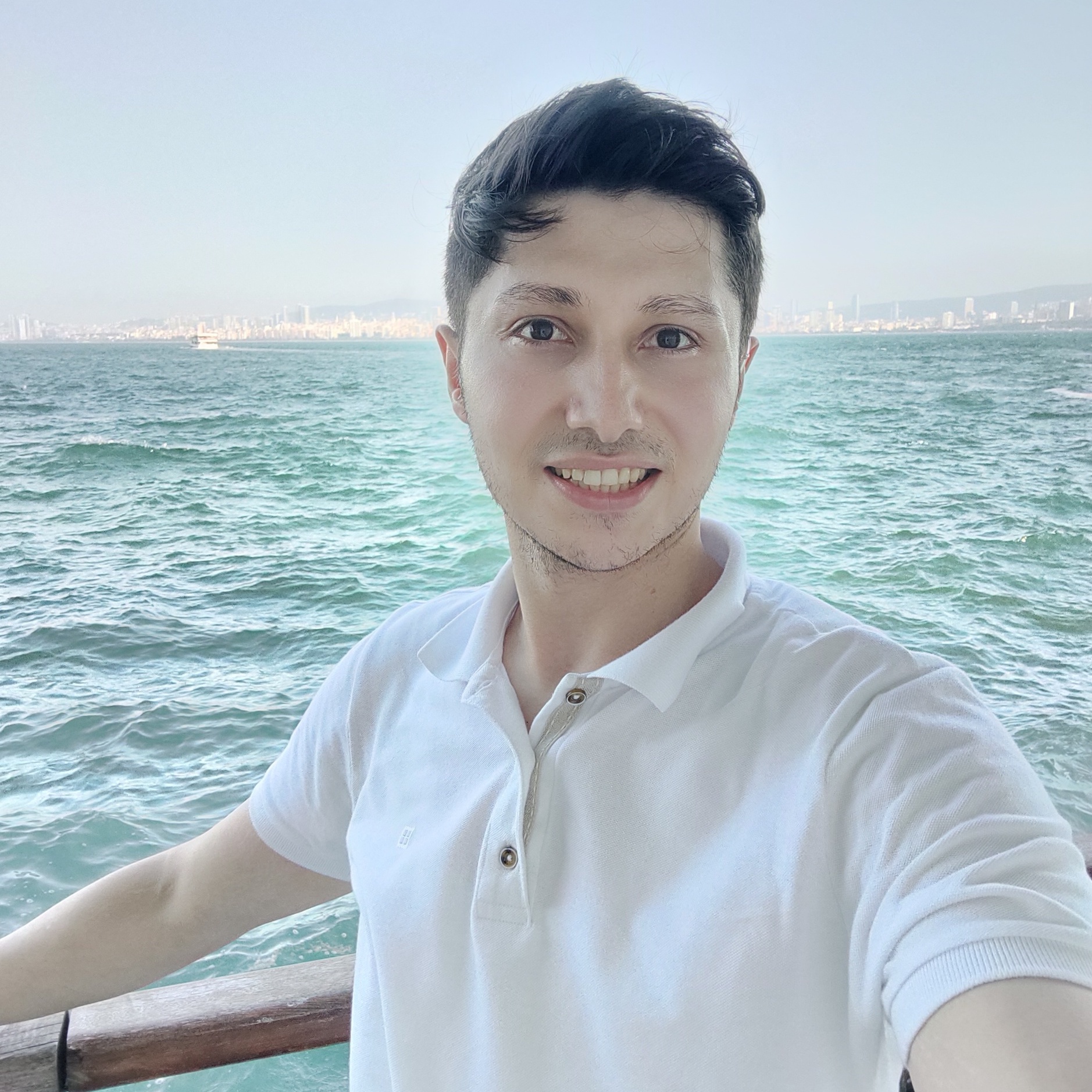LGMD RESEARCHER: H. Criss Hartzell

“LGMD SPOTLIGHT ON RESEARCH”
LGMD RESEARCHER: H. Criss Hartzell
Affiliation: Emory University School of Medicine
Role or Position: Professor
What education and training did you have to arrive at your current position?
B.A. Lawrence University, major in Chemistry and Biology
Ph.D. Johns Hopkins University in Biology.
Postdoctoral research at Harvard Medical School Department of Neurobiology
What led you to follow a career in research and in studying muscular dystrophy in particular?
I have always been interested in science from as young as I can remember. In college I read a scientific American article on the cross bridge theory of muscle contraction and was fascinated by the idea that muscle was basically a molecular machine. My PhD work studied acetylcholine receptors at the neuromuscular junction and led to the discovery that the number of acetylcholine receptors was reduced at the neuromuscular junction was reduced in myasthenia gravis. I was a muscular dystrophy association fellow as a postdoc at Harvard.
What topics are you studying?
We are studying the ANO5 protein. ANO5 mutations are the 4th most common “cause” of LGMD, but almost nothing is known about what ANO5 does or how it works. We believe it is involved in muscle membrane repair. We study this problem at the cellular and molecular levels.
How will your work help patients? Is it more scientific in nature or might it become a treatment for LGMDs or MDs in general?
We believe that understanding the basic molecular and cell biology of ANO5 is a prerequisite for developing therapies for this form of LGMD (2L). We also feel that the insights we gain into how muscle membrane repair occurs will provide new clues to therapies of other LGMDs.
What would you like patients and others interested in LGMD to know about research (your own projects and about the field in general)?
Basic research is frustratingly slow because we are starting from a blank slate and need to develop new tools. but, the people in my lab are dedicated, work 12 hour days, and seldom stop thinking and worrying about how to solve the questions we want to answer. we appreciate the support of the taxpayers and donors who fund our research.
What inspires you to continue working in this field?
I have an obsessive/compulsive personality and cannot rest until I understand how things work. I am inspired by the people who suffer with these ailments who support their fellow patients and work to unify the LGMD community.
How can patients encourage you and help your work?
One major hurdle we face in our research is access to human tissue. While we can learn a great deal using mouse and cell culture models, understanding the human disease requires use of human tissue. Patients who are willing to provide biopsies and personal insights into the disease progression add tremendous value to our research program.







